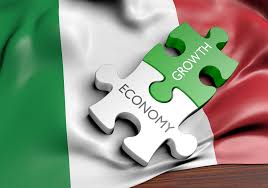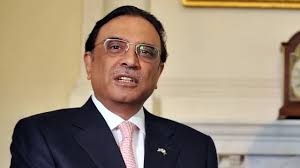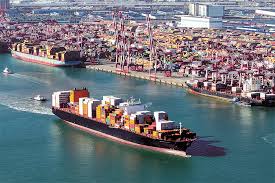Italy: Economic challenges grow amid rising energy costs

Rome: Italy’s economic outlook for 2025 presents a complex picture, characterized by rising energy prices, stagnation of growth, and structural challenges within the labor market.
The beginning of the year has been shaped by increased inflation and growing fears surrounding export tariffs, all of which weigh heavily on the earnings and costs faced by Italian businesses.
According to recent reports, energy prices have surged, prompting inflationary pressures, with consumer prices rising to 2.4% as of December 2024. This is compared to the 1.7% noted earlier, which reflects how quickly the economic environment is changing.
Specifically, energy prices saw a yearly increase of 0.1% at the close of the year, up from significantly lower values previous months. Consequently, the impact of these price increases has not just affected businesses, but also the average consumer, as increased costs have begun to erode purchasing power.
From the perspective of overall Gross Domestic Product (GDP), analysts noted modest service sector growth, but the manufacturing industry remains faltering. Early forecasts suggested the GDP remained weak as the fourth quarter of 2024 saw no significant growth, driven largely by the dual pressure of international competition and high domestic costs. Economic analysts noted, “Il 2025 si apre con prezzi dell’energia in aumento, che pesano su inflazione e costi delle imprese, e timori di dazi sull’export,” indicating widespread concern over how these factors could compound challenges for the economy.
Looking at the labor market, Italy is facing substantial demographic shifts. The workforce continues to age, with significant declines seen among younger workers. Recent statistics reveal the number of employees over the age of 50 has increased by 378,000 over the last year. This has concentrated employment opportunities within this older demographic, as reforms have encouraged many to remain in the workforce longer than previous generations. Contrarily, the under-35 demographic witnessed declines, with the total youth employment decreasing amid broader economic stagnation.
Despite these pressures, reports indicate there is some recovery observed within family credit conditions, whereas business credit has dwindled. Confirmation from ISTAT noted, “Il credito è in recupero per le famiglie… ma è in calo per le imprese.” This divergence highlights varying household and business dynamics, where families are beginning to stabilize against inflation through credit programs, yet businesses remain hesitant to expand under current economic conditions.
Exports emerged as another concern, with recent figures showing considerable weakness. The decrease of 0.2% year-on-year was noted during the fourth quarter of 2024. Export challenges along with potential tariffs imposed by the United States on key goods raise alarms, as the Italian market heavily relies on exports for economic vitality. Economic experts have warned, “La produzione industriale è calata, e la fiducia delle imprese è diminuita” illustrating the overarching anxiety businesses have concerning the international market moving forward, particularly within the explosive sectors such as textiles and machinery.
The eurozone itself has exhibited varied industrial performance, with countries like Germany showing slight recovery, yet others like Spain experiencing declines. The latest economic climate has revealed the fragility of regional interdependence, and Italy’s economy reflects these broader themes within Europe, emphasizing the necessity for strategic flexibility under external market pressures.
Overall, the economic environment as 2025 progresses appears precarious, demanding significant adjustments from both businesses and consumers alike. The balance between tackling inflation and stimulating growth will be pivotal for Italy moving forward. Enhanced focus on labor market participation, especially among younger populations, and encouraging dynamic investments can provide pathways to navigate this challenging backdrop.
By addressing both immediate financial strains—namely energy costs—and longer-term structural barriers, Italy may perhaps not only stabilize but thrive within the competitive European economic space.





